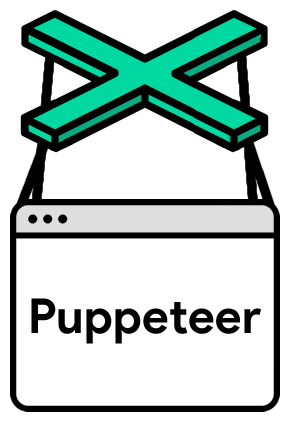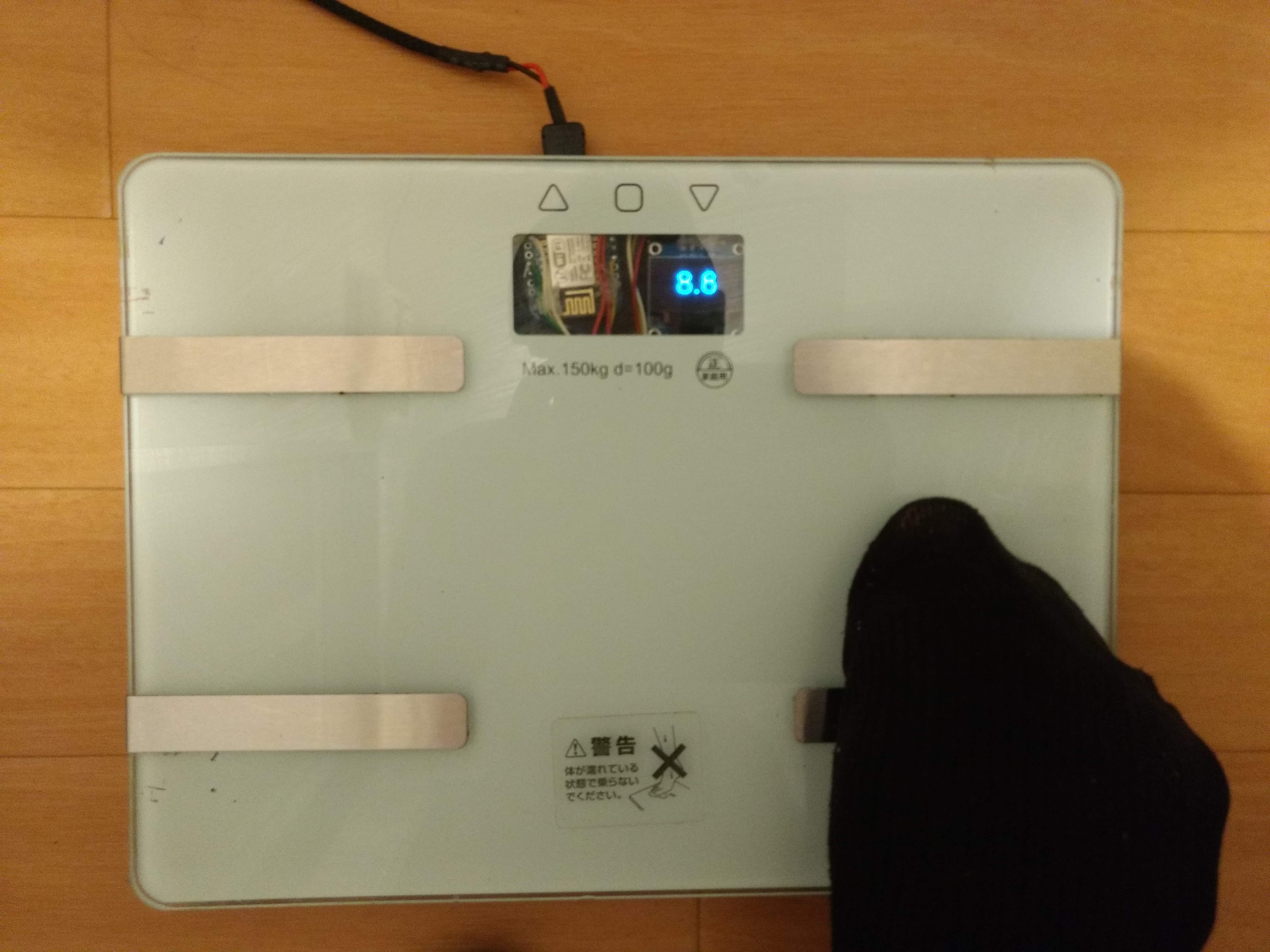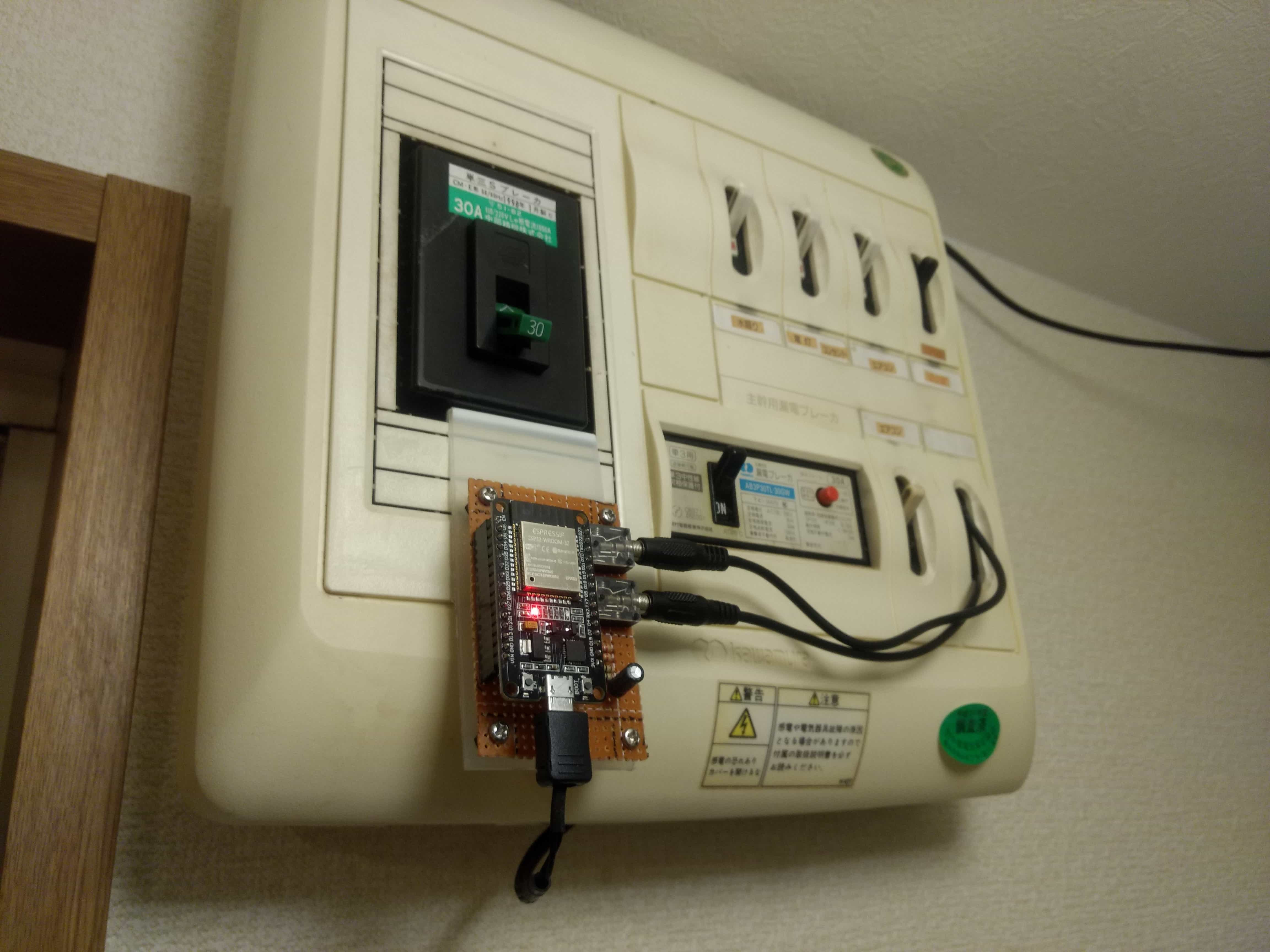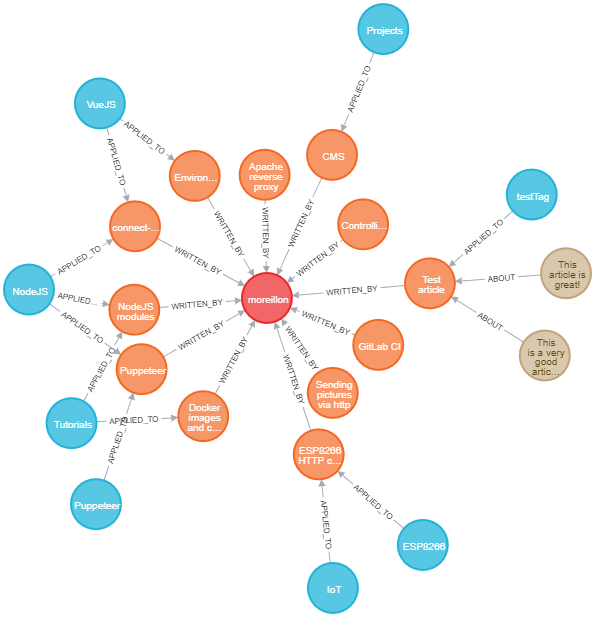Articles
Credit card transactions web scraper

The company behind my credit card provides a web interface which includes a log of the transactions that have been made. The objective of this project is to automatically retrieve this log everyday and store its data in a database so as to display it on a custom dashboard.
IoT ceiling lights

An IoT RGBW LED controlled via MQTT with integrated motion and illuminance sensor.
IoT scale

Keeping track of one's body weight usually involves manually writing down measurements on a spreadsheet or similar. To automate the process, I removed the electronics of a cheap scale, keeping only the load cells, and replaced it with my own.
IoT Current consumption monitoring system

When you don't know how much power your air conditioner draws, it's easy to leave it running without feeling too guilty. And then the electricity bill comes...
IoT RFID reader

RFID is a conveninent technology for access control and authentication. In this project, I connected an RC522 RFID reader to an ESP32 in order to use it for IoT applications. Additionally, to provide feedback to the user, the ESP32 is also connected to an SSD1306 OLED display and a buzzer. I chose an ESP32 over an ESP8266 simply because of the amount of GPIOs required.
Docker images and containers management
Here are a few commands to manage docker images and containers
This very application, a CMS based on Neo4J

Publishing articles on a website can be as simple as uploading HTML files to a web server. However, writing articles in raw HTML can be time consuming. A content management system (CMS) is an application designed to solve this issue by providing a simple way to create and manage web content directly from the web browser. There are many CMSs available, namely Wordpress or Joomla but I decided to create my own as a form of practice and in order to have it highly customized to my needs.
Cookies
Cookies are key-value pairs stored on a web browser. They can be set (i.e. created) using client-side JavaScript. Conversely, a server can get a client's browser to set cookies via instructions in an HTTP response. As such, cookies can be set by both the client and the server.
Cookie-session
User authenticates using username and password, server sets a signed cookie containing serialized user info
Managing disks in Linux
This article explains how to create partitions and file systems on disks in Linux